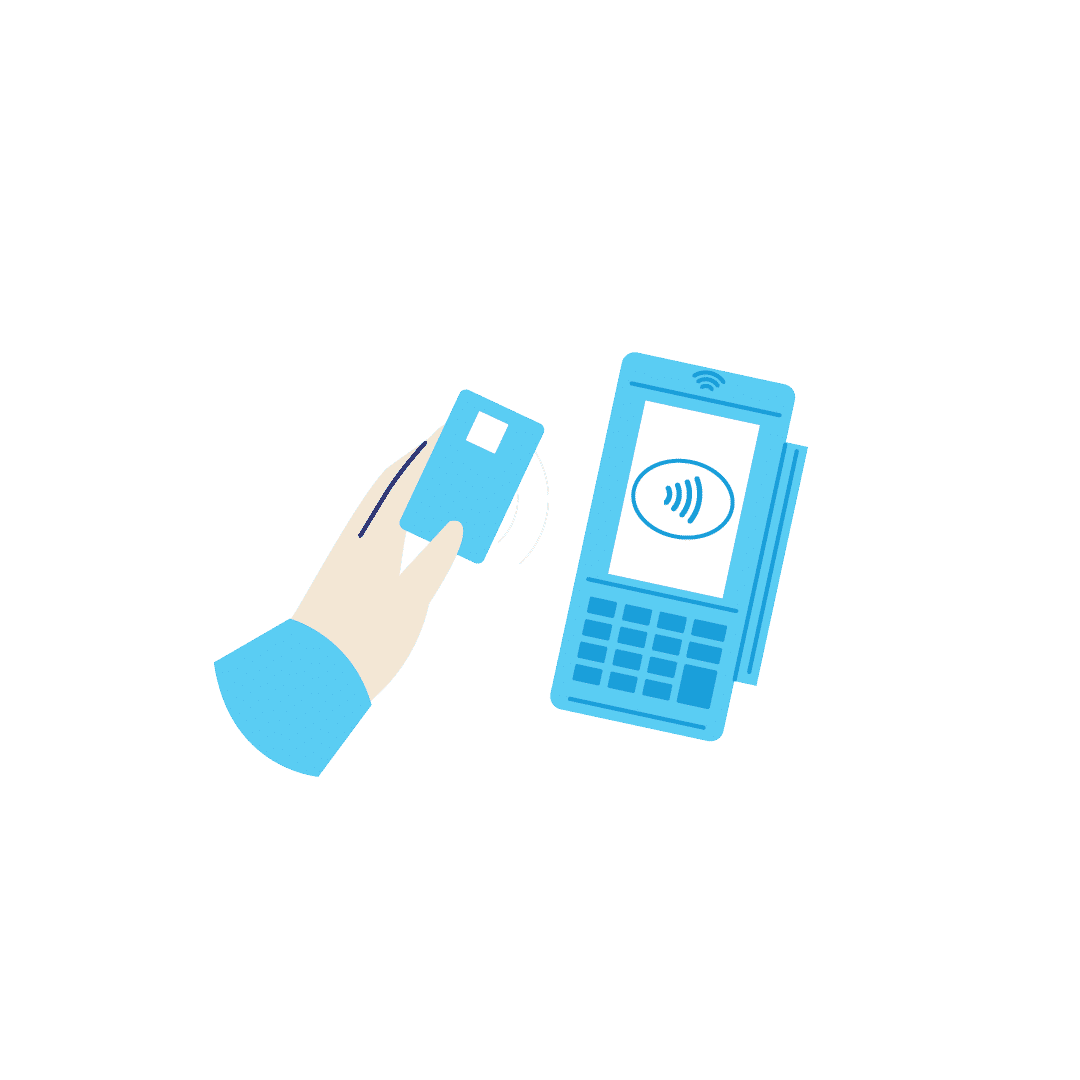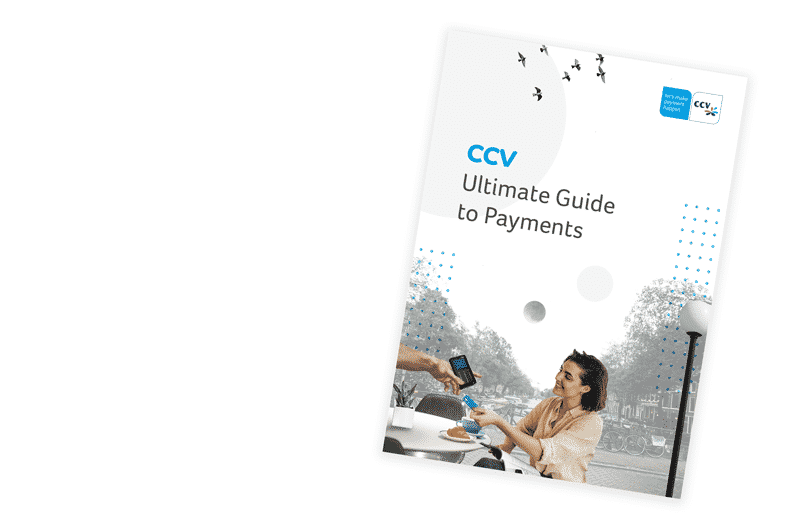Electronic (also known as “in-store”) payment technology can make or break your success. Now, more than ever, everyday consumers expect the option of a quick and seamless card, contactless, or mobile wallet transaction when they reach the front of the queue.
And if you get it right, and you could unlock lots of business benefits, including increased revenue, enhanced security, and a more efficient checkout process.
Get it wrong, however, and you could miss out on customers and sales.
So it should come as no surprise that when you’re choosing an electronic payment solution, there are a number of things you need to consider. Do you rent or buy? Which type of terminal should you choose? Do you need a fixed system or a mobile one?
In this post, we’ll examine those considerations, the costs associated, and review your options.
1. Your Budget
Most business hardware purchases come down to leasing or buying outright, and electronic payment systems are no different. Before you make that choice, ask yourself:
- Is your business year-round or seasonal? In other words, is there value in purchasing a system that you’ll only use during your busy period?
- Are you operating in an established market? Or are you testing the water with a new venture or location?
- Are you confident that your target market justifies the outlay? Or would a flexible contract allow you to trial the application of electronic payments at your business?
2. Your Layout Requirements
Once you’ve answered those questions, the next step is to consider your layout requirements.
- Do you need the system to be fixed to one location?
- Or do you want the flexibility of a mobile solution?
Of course, this will come down to your industry and business model. A mobile solution is preferred by the hospitality sector, allowing servers to bring the terminal to a customer’s table. However, it’s also gaining traction in other areas, such as retail, where salespeople can close sales quicker by handling transactions on the shop floor. You’ll also see mobile solutions being used by delivery companies, takeaways restaurants, and home beauty therapists, among others.
3. Your Transaction Volume
Your volume of transactions might impact your costs, depending on your provider. This, in turn, makes certain packages more cost-effective than others when you’re choosing a payment partner. For example, some packages include free transactions under a certain amount, and others are on a sliding scale.
4. Your Desired Integrations
If you want to integrate gift card schemes or loyalty programmes into your business, the hardware and software you choose must be optimised to do so. You’ll also need to ensure the back-end infrastructure is set up to help you manage this.
5. Your Service and Maintenance Needs
Some businesses need 24/7 support and maintenance callout, while others simply need telephone and online chat support. The level of service, support, and maintenance you need might inform your final decision, so it’s best to enquire about what your options are.
6. Your Target Audience
Finally, as we’ve alluded to above, you need to consider your target demographic.
- Which age range do you serve? Would switching to a cashless payment system be welcomed or off-putting for potential customers?
- Payment habits differ around Europe. Do you understand those of the consumers in your location? Is a cashless approach on the rise in your market? Or is cash still king?
For instance, cash is still a significant part of German culture, while in Scandinavia, citizens are far more comfortable with electronic transactions. Likewise, the Netherlands and Belgium are observing a similar growing cashless trend. Each country and market is different.
How Much Does Electronic Payment Cost?
While we can’t put an exact figure on electronic payment technology costs (because every business is different), they largely boil down to the following:
- The cost of hardware (and/or software)
- The transaction fee
- The servicing and maintenance costs
CCV has a range of plans, depending on where your business is located. From pay-as-you-use models to packages that combine hardware and software, transactions, and servicing into one neat bundle, you’re bound to find something that suits. Contact your local CCV representative for more information. 
So, Which Electronic Payment Methods Should You Choose to Accept?
Your business location will play a part in the type of payment methods your customers use. Some are more popular than others, depending on the country or region.
Let’s take a look at just some of the brands you should consider accepting:
Debit Cards
![]() Mastercard: Mastercard debit cards are accepted at millions of locations worldwide.
Mastercard: Mastercard debit cards are accepted at millions of locations worldwide.
![]() Visa Debit: Visa Debit is a major brand of debit card, issued by Visa and the most widely-accepted debit card around the world
Visa Debit: Visa Debit is a major brand of debit card, issued by Visa and the most widely-accepted debit card around the world
![]() V PAY: V PAY is a Single Euro Payments Area (SEPA) debit card for use in Europe, issued by Visa Europe.
V PAY: V PAY is a Single Euro Payments Area (SEPA) debit card for use in Europe, issued by Visa Europe.
![]() Girocard: With more than 100 million issued cards, Girocard is the most common debit card in Germany.
Girocard: With more than 100 million issued cards, Girocard is the most common debit card in Germany.
![]() Maestro: Maestro is a debit card brand that leverages the Mastercard network. It was launched by MasterCard in 1991 and is now accepted at around 15 million points of sale globally.
Maestro: Maestro is a debit card brand that leverages the Mastercard network. It was launched by MasterCard in 1991 and is now accepted at around 15 million points of sale globally.
Credit Cards
![]() Visa: Credit cards with the Visa brand accounted for 17.10% of card purchases worldwide in 2018. And in 2019, there were 797 million VISA credit cards in circulation globally.
Visa: Credit cards with the Visa brand accounted for 17.10% of card purchases worldwide in 2018. And in 2019, there were 797 million VISA credit cards in circulation globally.
![]() Mastercard: Credit cards with the Mastercard brand accounted for 11.39% of card purchases worldwide in 2018.
Mastercard: Credit cards with the Mastercard brand accounted for 11.39% of card purchases worldwide in 2018.
![]() American Express: American Express (Amex) is a processing network and credit card provider that competes with Visa and Mastercard. American Express had a 2.26% share of card purchases worldwide in 2018.
American Express: American Express (Amex) is a processing network and credit card provider that competes with Visa and Mastercard. American Express had a 2.26% share of card purchases worldwide in 2018.
Mobile Wallets
![]() Google Pay: Google Pay is a digital wallet (or mobile wallet) – an Android app where consumers can store their debit and credit card details and pay via their device’s Near Field Communication (NFC) on the merchant’s contactless payment terminal.
Google Pay: Google Pay is a digital wallet (or mobile wallet) – an Android app where consumers can store their debit and credit card details and pay via their device’s Near Field Communication (NFC) on the merchant’s contactless payment terminal.
![]() Apple Pay: Apple Pay is a digital wallet (or mobile wallet) – an IoS app where consumers can store their debit and credit card details and pay via their device’s Near Field Communication (NFC) on the merchant’s contactless payment terminal.
Apple Pay: Apple Pay is a digital wallet (or mobile wallet) – an IoS app where consumers can store their debit and credit card details and pay via their device’s Near Field Communication (NFC) on the merchant’s contactless payment terminal.
![]() Payconiq by Bancontact: Payconiq by Bancontact is the leading mobile wallet payment method in Belgium. In 2018, Payconiq by Bancontact recorded 34 million mobile payments in Belgium, which is an increase of 100% compared with 2017. Payconiq is in use throughout Benelux.
Payconiq by Bancontact: Payconiq by Bancontact is the leading mobile wallet payment method in Belgium. In 2018, Payconiq by Bancontact recorded 34 million mobile payments in Belgium, which is an increase of 100% compared with 2017. Payconiq is in use throughout Benelux.
Electronic payments are simply one aspect of successful payment infrastructure. For your business to blossom, you must understand your place in an increasingly omnichannel environment.
If you’d like to learn more, we’ve put together a comprehensive guide to payment, covering the best in-store (and online) methods, region-specific stats, and everything you need to know about setting up a payment solution for your business.

